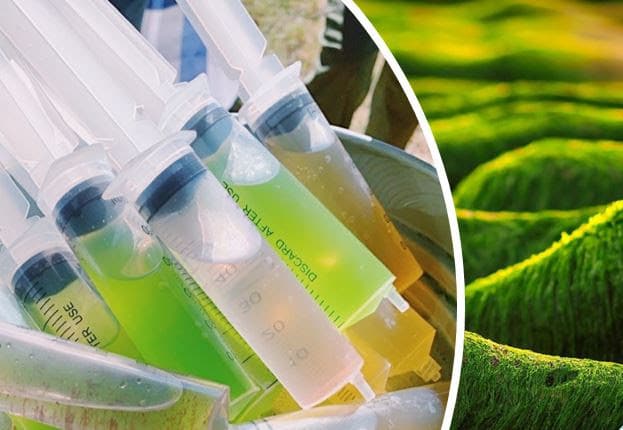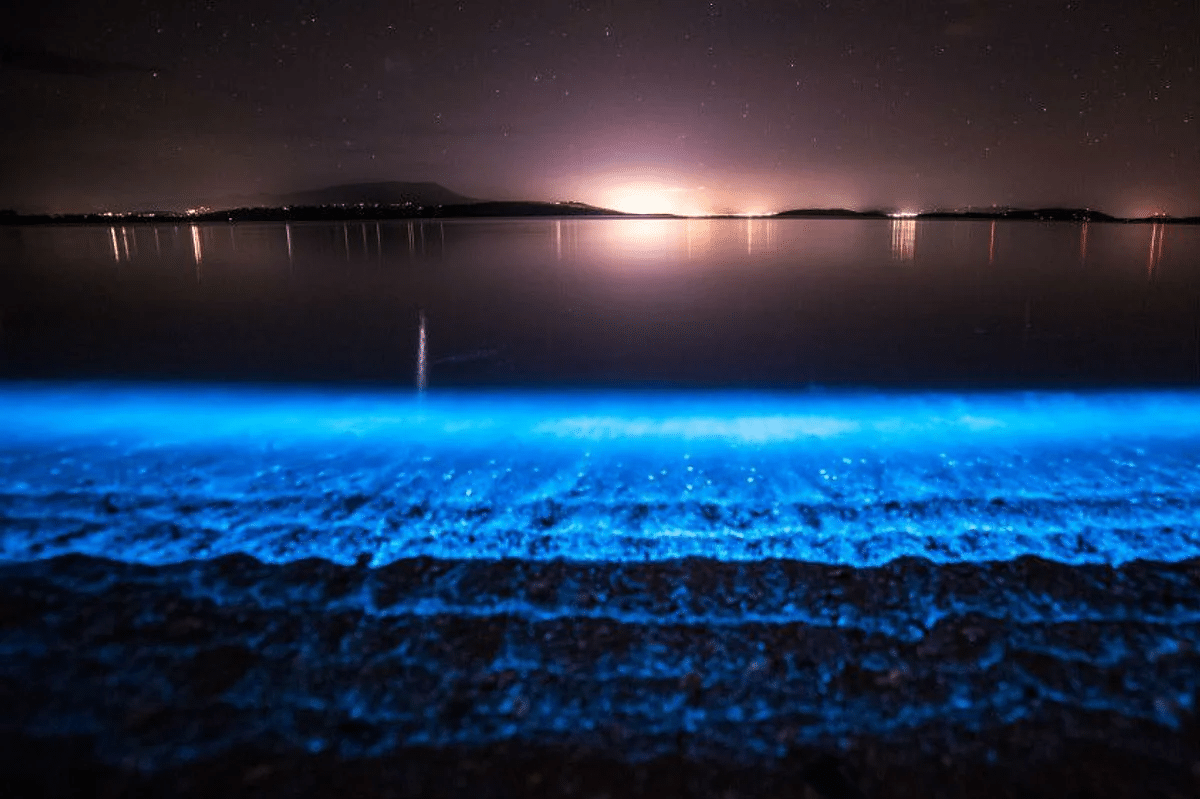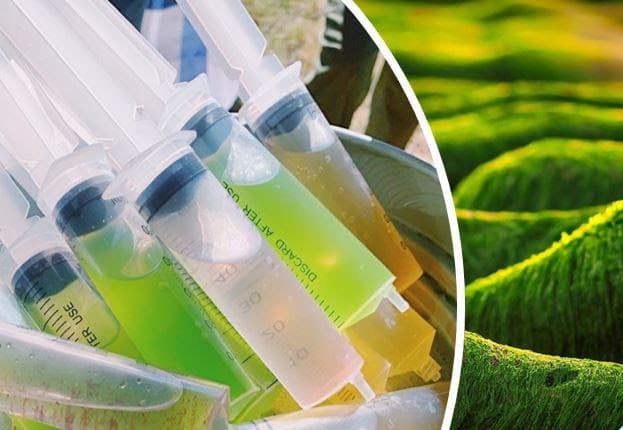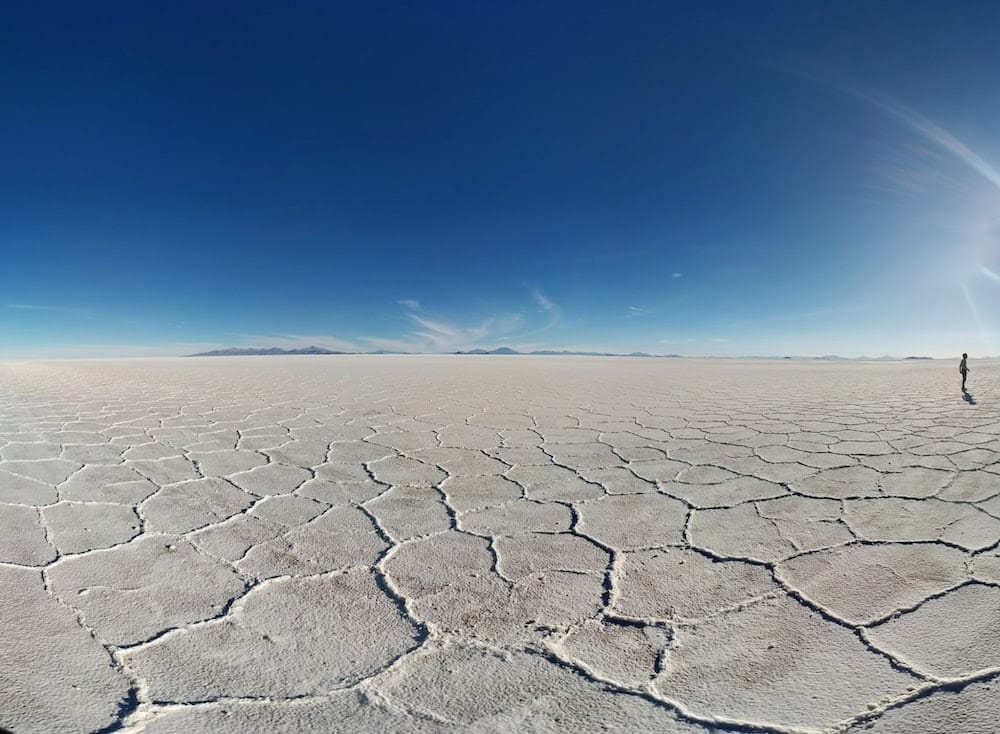
Seaweed can be invasive on beaches and coasts, but it also has many advantages and is used in the food industry, in the manufacture of cosmetics, to replace plastic or to make paint. In the food industry, the fashion from Japan to prepare seaweed in tartar, salads or sushi is one of the many uses of seaweed.
Seaweed also represents 40% of the gelling agents on the market, while gelatin of animal origin represents only 16%. The types of algae concerned are carrageenan, agar-agar and alginates. They are present, for example, in yogurts, some cream desserts, on apple slices in industrial pies or on peppers inside stuffed olives. Algae can also be consumed as a food supplement because of their effect on the microbiota or in the form of microalgae like spirulina or chlorella. Algae are also increasingly used in animal feed because of their high prebiotic and fiber content.

Seaweed
The plastics industry, looking for substitutes for oil for the production of plastics, has been interested in algae for about fifteen years. A Breton company, Algopack, specializing in the transformation of sargassum into compostable biomaterial has, for example, developed two products based on algae, Algoblend composed of 50% algae and 50% plastic, and Algopack, composed of 100% algae. These algae-based materials are not yet as efficient as conventional plastics, but they are biodegradable in twelve weeks and can be used as fertilizers, the oldest known use of algae.
The cosmetics industry is the second-largest user of algae because they are rich in minerals and vitamins and have beneficial properties for the skin. Green algae for example are used for their moisturizing properties and the magnesium they contain. Red algae are used for their richness in vitamins A, B12 and polysaccharides, which have a draining effect on the complexion and act on the microcirculation.

Blue algae help fight against skin aging and brown algae have remineralizing, moisturizing, regenerating and emollient virtues.
Some products such as paint, glue, varnish or plastic use a compound with binding power, acrylic acid, produced mainly from petroleum. Acrylic acid is also produced by certain types of algae, such as sea lettuce, and companies have started to use them to make environmentally friendly paint. Some seaweed residues also have opacifying properties and can be used to replace titanium dioxide used as an opacifier in paint. Algae can also be used in the manufacture of other products, such as bitumen, by mixing microalgae residues used as a binder with sand and gravel, or in products of the pharmaceutical industry, using algae as an excipient, additive and active ingredient.
The properties attributed to algae are also numerous and varied. They would allow avoiding decalcification, to treat certain diseases of the esophagus, to fight against depression, limit the progression of cancerous cells thanks to fucoxanthin, a pigment present in certain seaweeds, or treat degenerative diseases and improve the treatment of certain cancers thanks to phycoerythrin, another pigment present in red seaweeds. Finally, algae participate in the fight against global warming by capturing atmospheric CO2, transforming it into glucose and releasing oxygen into our atmosphere.




